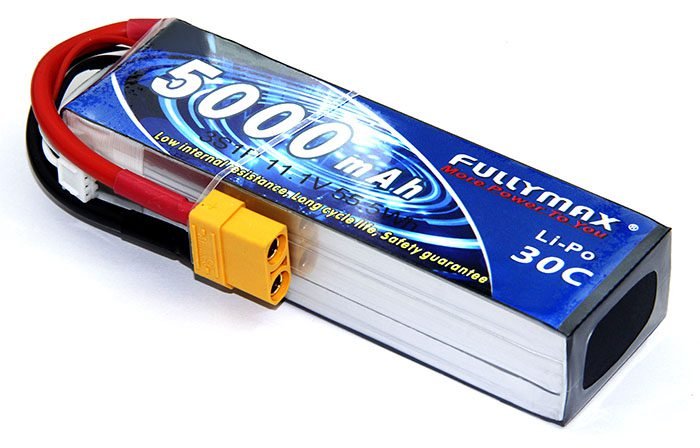There is a essential component that without it autonomous robots don’t work: battery. The LiPo battery are the most used to drone and aeromodels, in this post, I will explain how they work and protection measures to avoid accidents.
How it works?
LiPo come from Lithium and Polymer, discovered that the lithium, besides is the lightest of the metals, it is very good to serve as anode due to the elevated electrochemical potential and for be a strong reducing agent and a weak oxidizing agent as shown the figure below.

That is the lithium’s appearance.

While the anode is the lithium, the cathode is a polymer based on cobalt, phosphate or manganese and due to that cells have a bag format and the battery is enveloped by a flexible material.

In anode, an aluminum laminate film is used as current collector, in cathode a copper film do this function. The insulating is a polypropylene film, the electrolyte is formed by ethylene carbonate, dimethyl carbonate, diethyl carbonate or propylene carbonate. The terminals of cathode and anode are made of aluminum and nickel respectively.
Specifications
Considerate this LiPo battery.

The specifications are 10C, 3000mAh and 3S 11,1V. 3S means this battery has three cells in series, since the nominal tension is 11,1V so each cell has 3,7V. The capacity is 3000mAh or 3 Amperes hour, it means that the battery can provide 3 Amperes of current for one hour or 0,3A for 10 hours. C is the discharge rate, getting 10 from 10C and 3 from capacity we have:
10\times 3=30A
It means that the battery can have a continuous discharge in maximum 30A, more than that the battery degrade.
There are the battery terminals. The two gross wires are the positive pole (red) and the negative pole (black) and the thinner wires serve to use in the charger.

Security
If you have a LiPo battery, then you should have more two things:
LiPo battery charger to recharge properly.

And a fireproof bag to store the battery.

Some security measures:
- When you aren’t using, put it inside the protection bag;
- Put the battery in a non-inflammable surface;
- Don’t use swollen battery;
- Don’t overcharge the battery and don’t let it recharging alone;
- Never discharge lower than 3V per cell.
This video shows what happen when you overcharge a LiPo.
A LiPo in short circuit.



